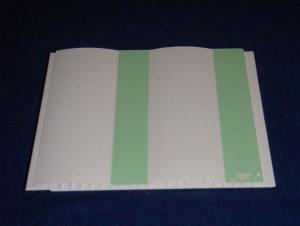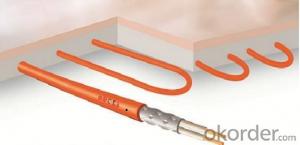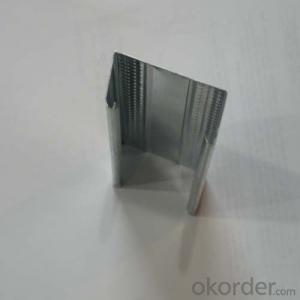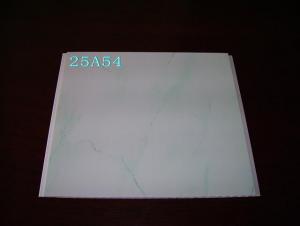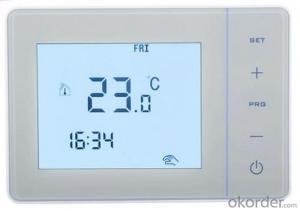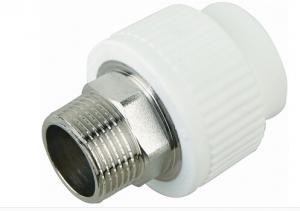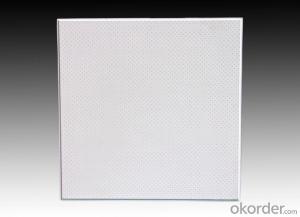Best Inverter For Solar Pv
Best Inverter For Solar Pv Related Searches
Best Paint For Stainless Steel Paint For Galvanized Steel Steel Frames For Furniture Self Tapping Screws For Steel Wd 40 For Stainless Steel Spray Paint For Stainless Steel Glue For Stainless Steel Drill Bits For Stainless Steel Spray For Stainless Steel Welder For Stainless SteelHot Searches
Steel Mesh Panels For Sale Price For Stainless Steel Scrap Scrap Price For Stainless Steel Price For Stainless Steel Stainless Steel Plate For Sale Stainless Steel Tank For Sale Stainless Steel Sheets For Sale Cheap High Tea Sets For Sale Stainless Steel Tanks For Sale Stainless Steel For Sale High Density Fiberboard For Sale Solar Hot Water Collectors For Sale Scaffolding For Sale In Uae Scaffolding For Sale In Ireland Scaffolding For Sale In Houston Type Of Inverter For Solar Price Of Shipping Containers For Sale Types Of Inverter For Solar Stock Price For Aluminum Type Of Inverter For SolarBest Inverter For Solar Pv Supplier & Manufacturer from China
Okorder.com is a professional Best Inverter For Solar Pv supplier & manufacturer, offers integrated one-stop services including real-time quoting and online cargo tracking. We are funded by CNBM Group, a Fortune 500 enterprise and the largest Best Inverter For Solar Pv firm in China.Hot Products
FAQ
- The role of a synchronization circuit in a solar inverter is to ensure that the inverter's output waveform is synchronized with the grid's waveform. This is important because the grid operates at a specific frequency and voltage level, and any deviation can lead to power quality issues or damage to electrical equipment. The synchronization circuit adjusts the inverter's output waveform to match the grid's waveform, allowing for efficient and safe energy transfer between the solar system and the electrical grid.
- Yes, a solar inverter can be used in areas with high humidity and salt air exposure. However, it is important to choose a solar inverter that is specifically designed for such conditions, as these factors can potentially impact the performance and lifespan of the inverter. It is advisable to consult with a professional to ensure the selection of a suitable solar inverter for areas with high humidity and salt air exposure.
- A solar inverter typically handles shading or partial obstruction of solar panels through the use of Maximum Power Point Tracking (MPPT) technology. This technology allows the inverter to optimize the power output of the panels by constantly adjusting their operating point to the maximum power available. When shading or obstruction occurs, the inverter automatically adjusts the operating voltage and current of the panels to minimize the impact and maximize the overall energy yield.
- Yes, a solar inverter can be used with micro-inverters. In fact, micro-inverters are designed to work in conjunction with a central solar inverter. The role of the micro-inverter is to convert the DC power generated by individual solar panels into AC power, which can then be fed into the central inverter for further conversion and distribution to the electrical grid. This combination allows for optimized power production and monitoring of individual panel performance.
- A solar inverter handles voltage phase imbalance in the grid by continuously monitoring the grid voltage and adjusting its internal control algorithms accordingly. This allows the inverter to dynamically balance the output between the phases, compensating for any phase imbalances in the grid. By doing so, the solar inverter ensures that the electricity it generates and feeds into the grid is well synchronized with the grid's voltage and phase, minimizing any adverse effects of phase imbalance.
- The importance of voltage and frequency control in a solar inverter is paramount as it ensures the efficient and reliable operation of the solar power system. Voltage control helps maintain the appropriate voltage levels, enabling the safe and optimal utilization of the generated solar energy. It ensures compatibility with the electrical grid and protects connected appliances and devices from potential damage. Similarly, frequency control ensures that the output power from the solar inverter matches the frequency of the grid, enabling seamless integration and preventing disruptions in the electrical supply. Both voltage and frequency control play a crucial role in maximizing the performance and stability of the solar inverter system.
- A solar inverter handles voltage regulation during high demand by adjusting the power output from the solar panels to match the required load. It constantly monitors the voltage and current levels and adjusts its operation accordingly to ensure a stable and regulated output voltage. This is achieved through various control mechanisms, such as maximum power point tracking and voltage regulation algorithms, allowing the inverter to efficiently manage and distribute power during periods of high demand.
- Yes, a solar inverter can be used with a solar-powered water pump. A solar inverter converts the direct current (DC) generated by solar panels into alternating current (AC) that can be used to power various electrical devices, including water pumps. This allows the solar panels to directly power the water pump, making it an efficient and sustainable solution for water pumping applications.
















